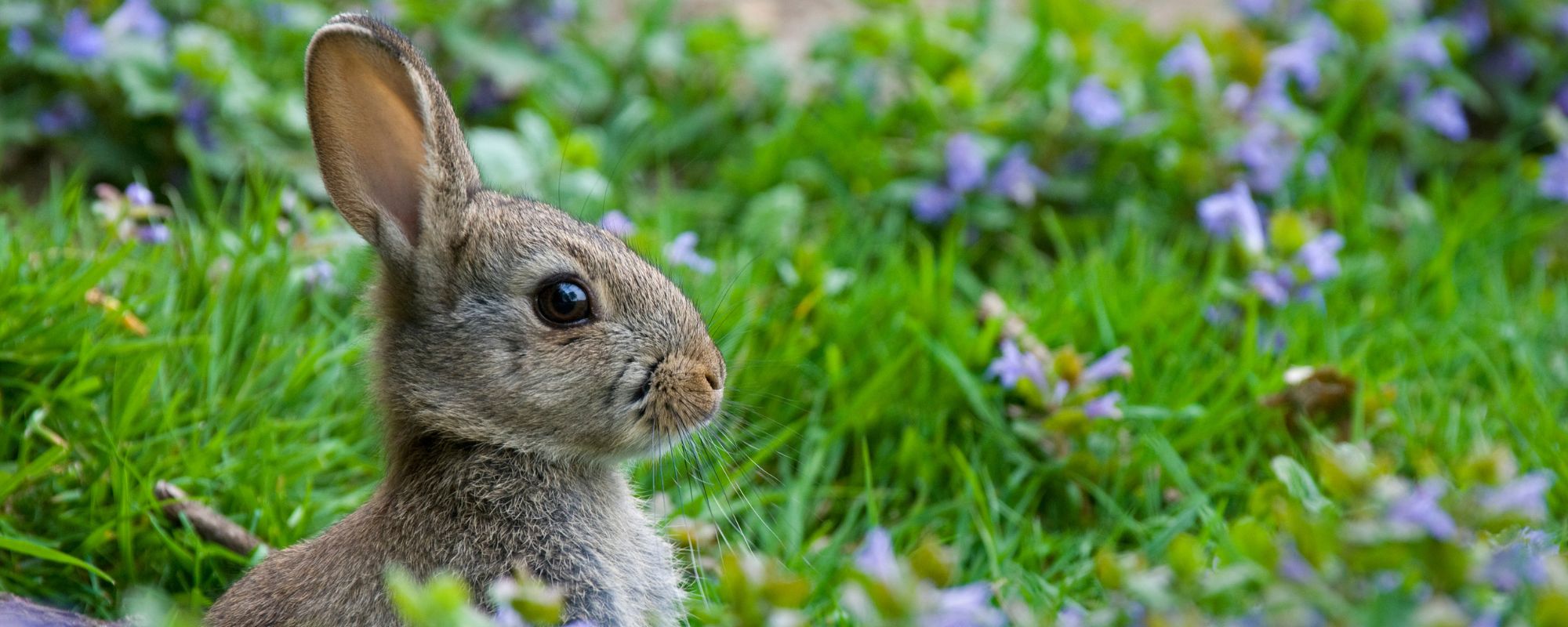
European rabbit
Pursued, loved, protected and hunted.
Few animals generate as much controversy as the European rabbit.
Degree of protection of the European rabbit
Worldwide

The European rabbit is classified as “Endangered” by the IUCN in its native range, which is the Iberian Peninsula.
In addition, in countries where it has been introduced, such as Australia and New Zealand, it is considered an invasive species due to its negative impact on ecosystems.
It is included in the list 100 of the World’s Worst Invasive Alien Species.
In Spain
It is not protected and it is a game species. This means that it can be hunted.
In Catalonia
In recent years its population has grown by up to 800%, causing problems in agriculture. As in Spain, in Catalonia the rabbit is a game species.
Distribution map of the European rabbit
Distribution:
The European rabbit is native to the Iberian Peninsula and southern France.
Over the centuries, it has been introduced into numerous regions of the world, including most of Europe, Australia, New Zealand and parts of South America and North Africa.
European rabbit habitat
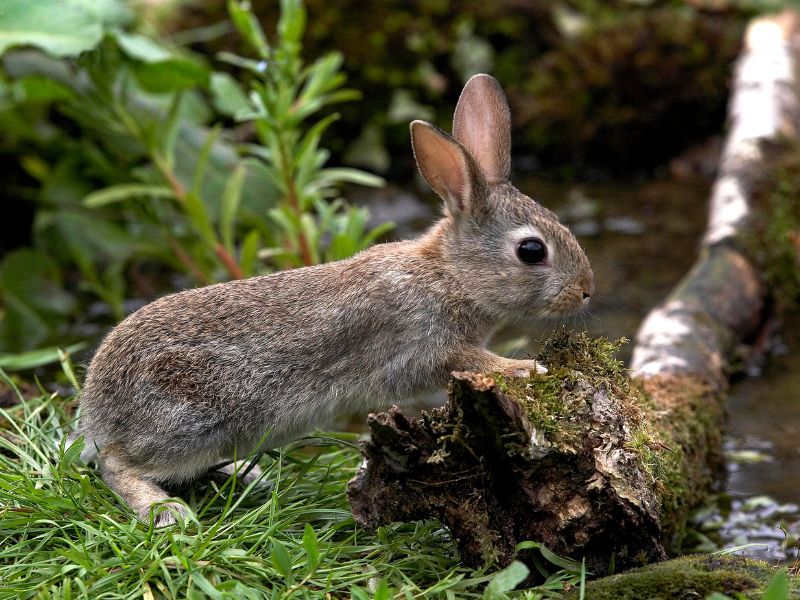
The European rabbit prefers open areas with grass to eat at ease and dense bushes to hide from predators. They do not like heights above 1,500 meters nor places where it rains too much.
It adapts to almost any environment, from Mediterranean forests to cultivated fields or semi-arid areas. Its formula for success? Plentiful food and a good hiding place. As simple as that, as effective as that.
Rabbit nutrition
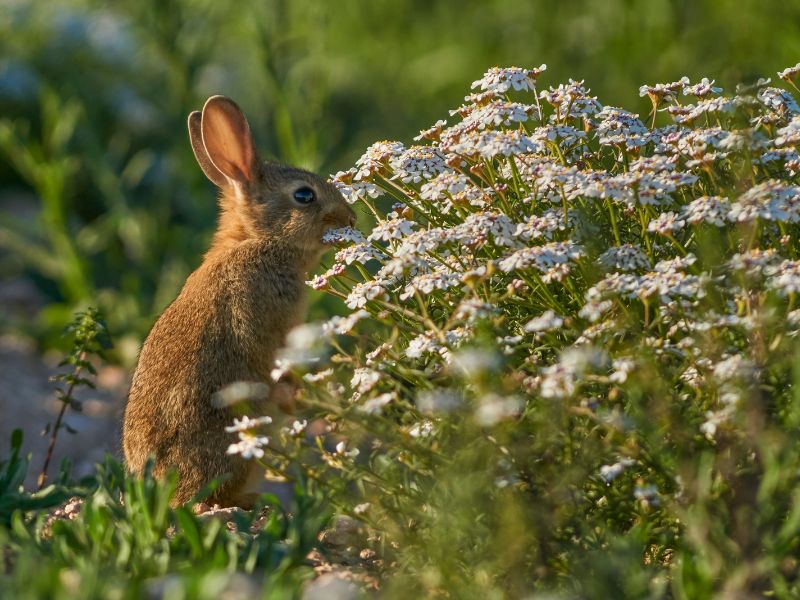
Its diet is based on fresh grass, tender leaves, roots and, in winter, when things get tough, even tree bark. Its favorite food? Clover, although he won’t say no to wildflowers, fruits and seeds.
Cecotrophy
The rabbit eats its own feces to get the most out of nutrients and vitamins, such as B12. Sounds weird, but it’s pure biological efficiency.
Habits of the European rabbit
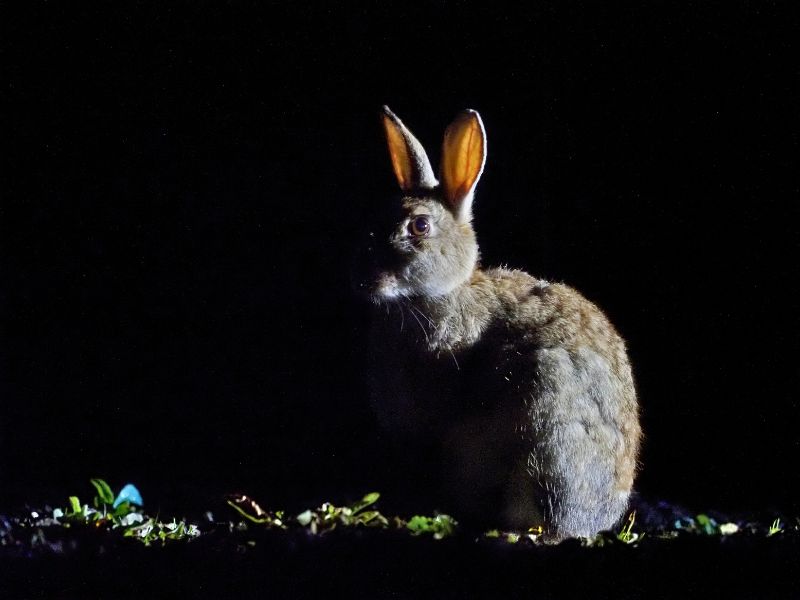
It is most active during dawn and dusk. At these times it takes advantage of the dim light to forage, avoiding the extreme heat and many of its predators.
It spends much of the day resting in its burrow, where it feels safe. Interestingly, it can sleep with its eyes open, an adaptation to quickly detect any threat.
Burrows
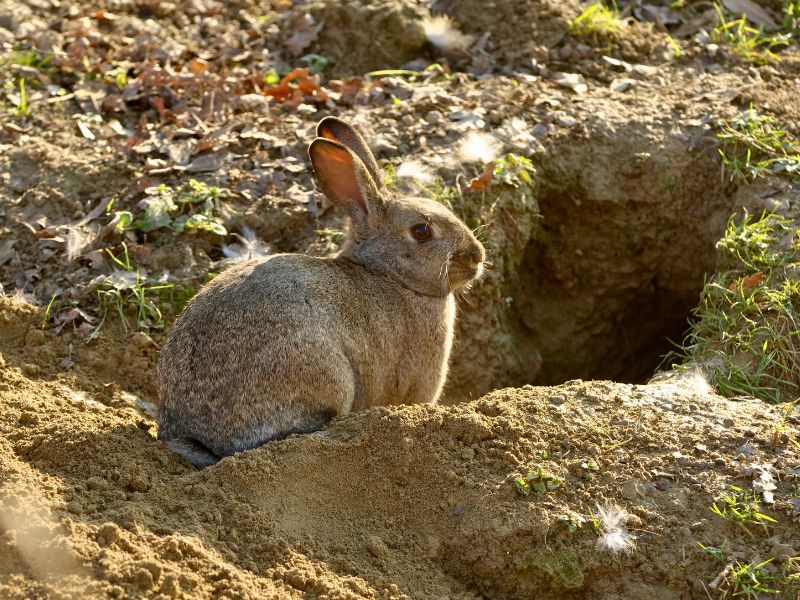
This true engineer of the underground builds complex burrows called warrens, formed by a network of interconnected tunnels and chambers. These subway shelters offer protection from predators and extreme temperatures.
Burrows usually have several entrances and exits to facilitate a quick escape in case of danger. Inside, there are specific chambers for resting, rearing young and storing soft material for comfort.
Rabbit social life
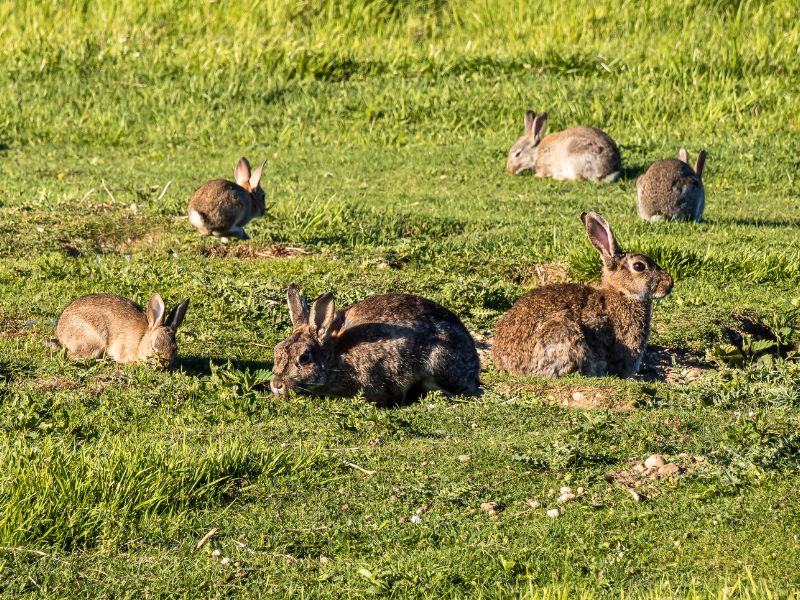
This social animal lives in colonies, which may consist of one or several families.
In each colony there is a well-defined hierarchy, with a dominant male defending the territory and several dominant females leading within the group.
Living in a colony offers security as it improves surveillance against predators.
Territory of the colony
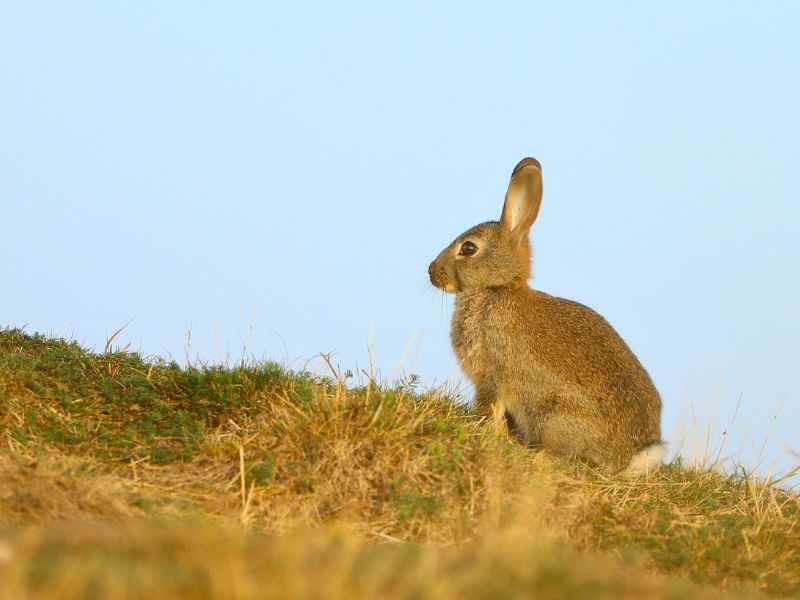
The bunny may look adorable, but it is a real defender of its territory. It does not tolerate intruders that do not belong to its colony and delimits its space with a strong scent.
Feeling threatened? Then he brings out his fierce side to protect his home and family. Behind those long ears, there is a real warrior.
Rabbit reproduction
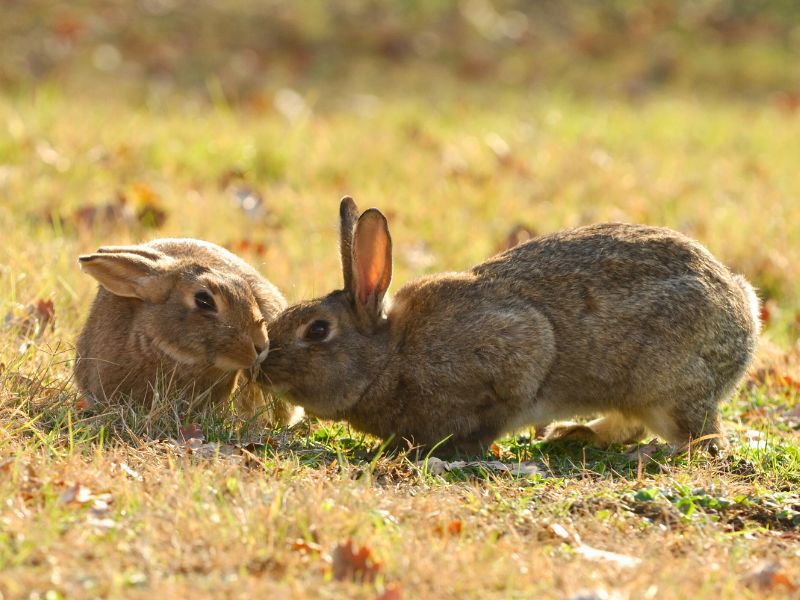
They do not form stable pairs. Males compete with each other for the right to reproduce.
The breeding season can last almost the whole year. Females come into estrus every 4 days and can mate again immediately after giving birth.
With the ability to have up to 7 litters per year, it is not surprising that their population is growing at an astonishing rate.
Rabbit offspring
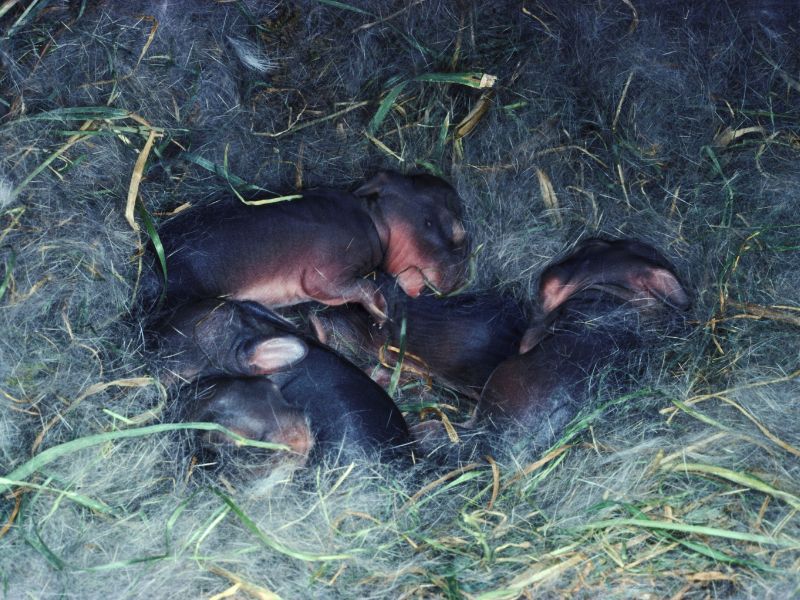
The mother is the sole caretaker. The 4-6 young that she usually has at a time, she breastfeeds them for about three weeks, although she only visits them briefly once or twice a day to feed them. This is not for lack of affection, but to avoid attracting predators to them.
From the age of four weeks, the rabbits begin to leave the burrow and become more independent. They grow quickly and, at 4 months, they are ready to reproduce.
How many years can a rabbit live?
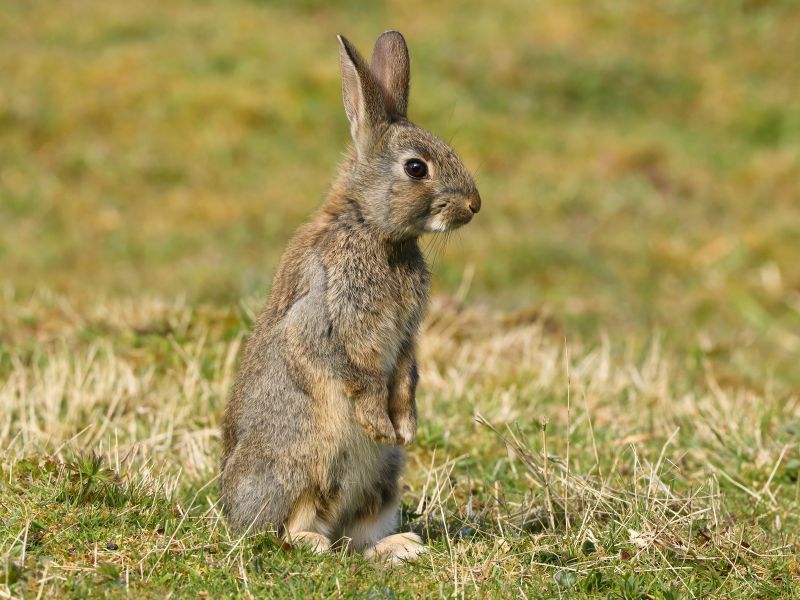
The European rabbit can live between 1 and 2 years in the wild, due to high predator pressure, diseases and adverse environmental conditions.
However, in captivity, with good feeding and veterinary care, they can reach 8 to 12 years of age, and some even live up to 14 years.
Rabbit predators
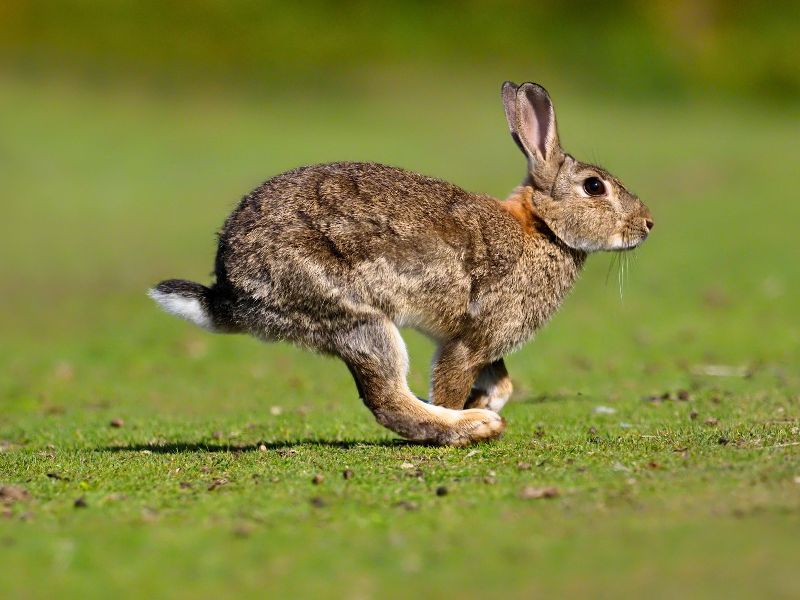
More than 40 species depend on it for their survival, including some endangered species such as the Iberian lynx and the Spanish imperial eagle.
Predators include foxes, lynxes, eagles, owls, weasels and even snakes.
Its role is so crucial that its decline would directly affect the survival of many species. In short, our eared friend not only runs for his life, but also sustains the balance of an entire ecosystem.
Rabbit diseases
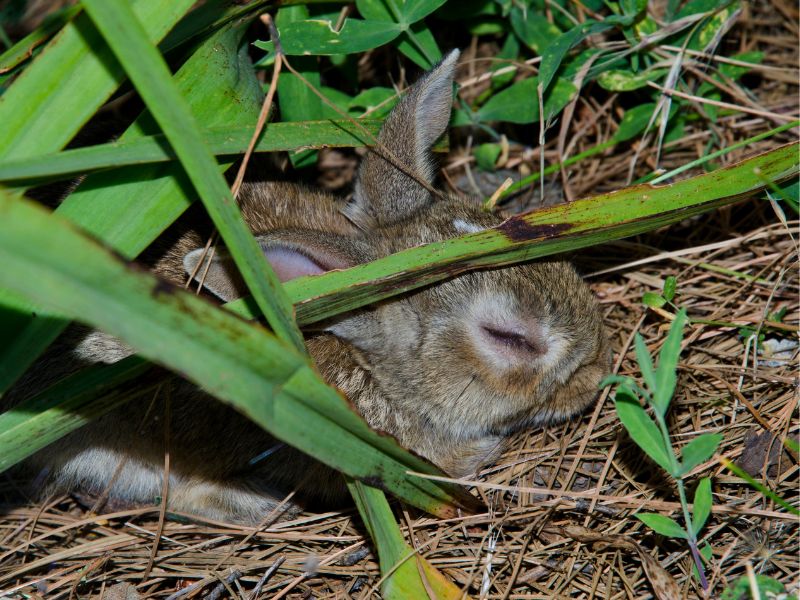
Myxomatosis: Viral disease transmitted by fleas and mosquitoes that causes swelling of the eyes, nose and genitals. It impairs vision and feeding, leading to death by starvation.
Viral hemorrhagic disease (VHD): Affects the liver and blood vessels, causing internal bleeding. It is extremely lethal and spreads rapidly.
Rabbit or Hare?
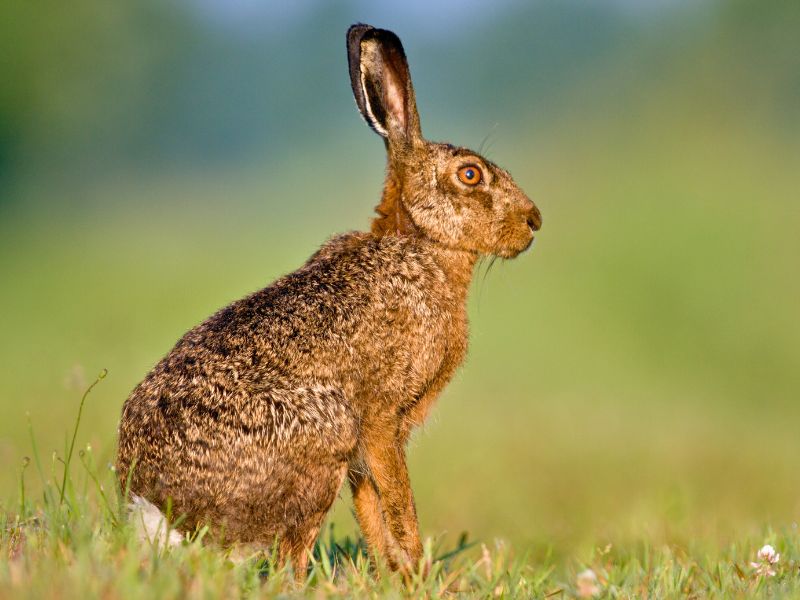
The European rabbit has a compact body, with shorter, rounded ears and dark eyes. The hare, on the other hand, is more stylized, with long ears that usually have black tips and more striking amber or golden eyes.
In terms of the way it moves, the rabbit usually runs in a zigzag pattern to throw off its predators. The hare, on the other hand, is a natural sprinter: it runs in a straight line at high speed, with long and powerful jumps, thanks to its longer hind legs.
The rabbit is a pillar of our ecosystem, key to biodiversity and a master of adaptation and survival.